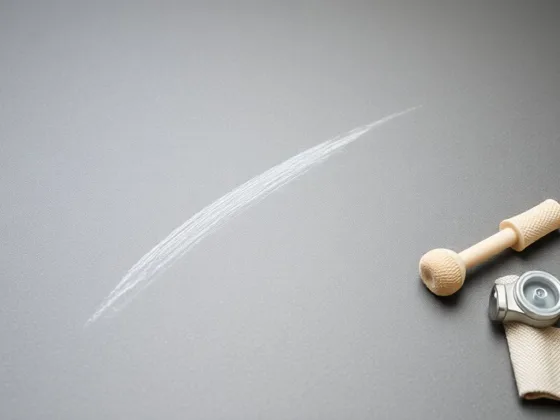Table of Contents Show
Are you tired of unsightly gaps and uneven transitions between different types of flooring in your home? Transition strips can be the perfect solution to create a seamless and professional-looking transition between your carpet and other flooring materials. In this blog post, we’ll guide you through the process of installing transition strips for your carpet, ensuring a smooth and aesthetically pleasing finish.
What are Transition Strips?
Transition strips, also known as carpet trim or carpet thresholds, are narrow strips made of various materials such as wood, metal, or vinyl. They are designed to bridge the gap between two different types of flooring, providing a smooth and safe transition between them. Transition strips not only improve the appearance of your flooring but also prevent tripping hazards and protect the edges of your carpet.
Choosing the Right Transition Strip
Before you begin the installation process, it’s essential to select the right transition strip for your specific needs. Consider the following factors:
- Material: Transition strips come in various materials, each with its own advantages. Wood strips offer a classic and warm look, while metal strips provide durability and a modern touch. Vinyl strips are a popular choice due to their affordability and versatility.
- Color and Finish: Choose a color and finish that complements your carpet and the adjacent flooring. Whether you prefer a subtle blend or a contrasting effect, there are options to suit every style.
- Style: Transition strips are available in different profiles, such as T-molding, reducer, or threshold. Consider the height difference between the two floors and select a style that will create a smooth transition.
Installation Steps
Now that you have your transition strip ready, let’s dive into the installation process:
Step 1: Prepare the Area
Start by removing any existing transition strips or molding from the area. Clean the subfloor and ensure it is free from debris and dust.
Step 2: Measure and Cut
Measure the width of the doorway or the area where you want to install the transition strip. Use a miter saw or a hacksaw to cut the strip to the required length. Remember to wear safety goggles and gloves while cutting.
Step 3: Position the Strip
Place the transition strip in the doorway, ensuring it is centered and level. If necessary, use a pencil or chalk to mark the screw hole locations on the subfloor.
Step 4: Secure the Strip
Drill pilot holes at the marked locations and attach the strip to the subfloor using screws or nails. Be careful not to over-tighten, as it may cause damage to the strip or the subfloor.
Step 5: Finishing Touches
Once the strip is securely in place, give it a gentle wiggle to ensure it is stable. If needed, use wood putty or filler to conceal any visible screw heads. Finally, vacuum the area to remove any debris or sawdust.
Maintaining Your Transition Strips
Regular maintenance will help prolong the life and appearance of your transition strips. Here are a few tips:
- Regularly clean the transition strips with a damp cloth or a mild cleaner.
- Avoid using harsh chemicals or abrasive materials that may damage the finish.
- Inspect the strips periodically for any signs of wear or damage and replace if necessary.
Conclusion
Installing transition strips for your carpet is a simple and effective way to achieve a polished and professional look in your home. By following the steps outlined in this guide, you can ensure a seamless transition between different flooring materials, enhancing both the aesthetic appeal and safety of your space. So, say goodbye to unsightly gaps and hello to a beautifully finished floor!










